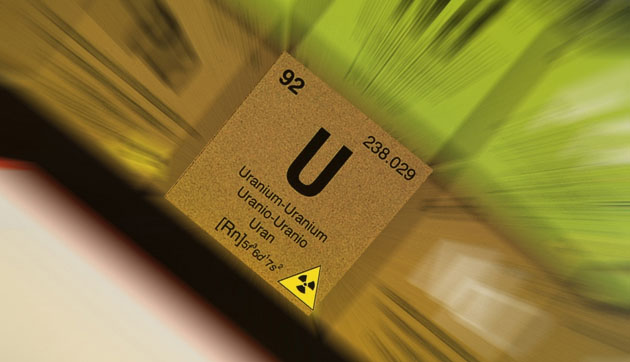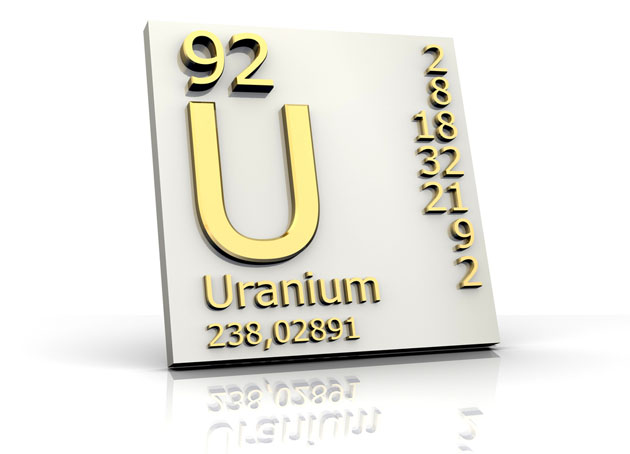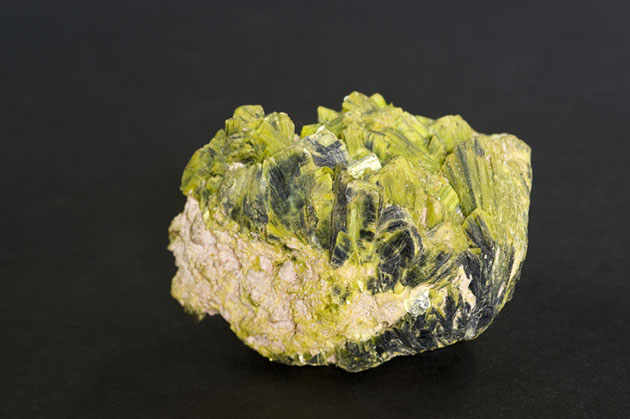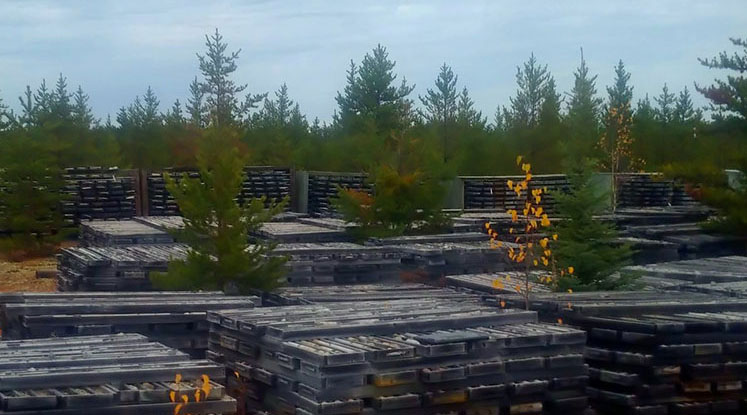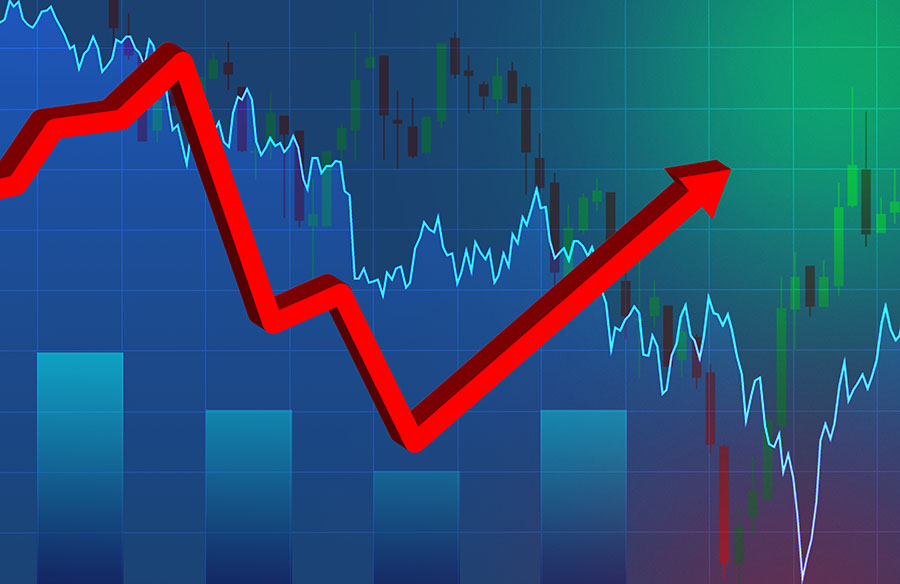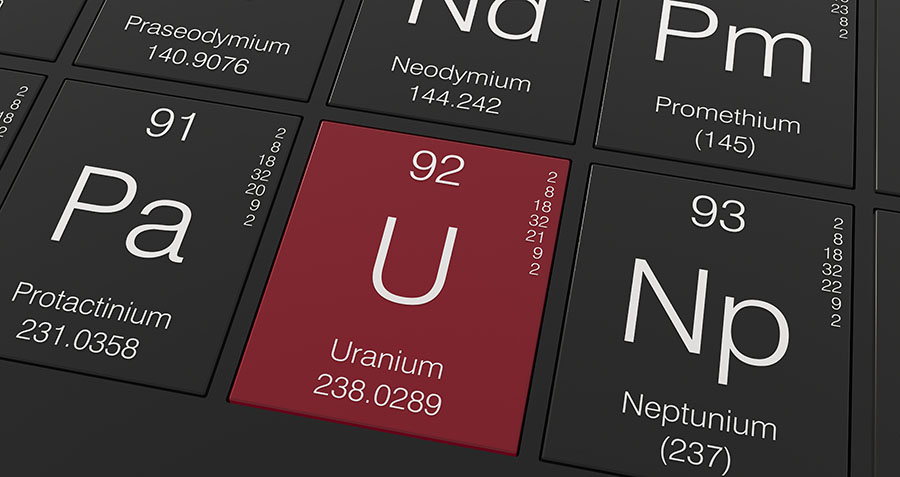Steve Palmer: The resource market has been volatile for a while. I was bullish last July, and I'm still bullish: stocks are that much cheaper now.
TER: What's your global outlook for resource stocks?
SP: Economic growth is accelerating, worldwide. The three largest drivers of global growth are the U.S., Japan and China. The gross domestic product growth rates of these three economies will continue to increase into 2014. Of the three countries, China is the largest contributor to global growth. It just has a huge, growing demand for energy, particularly for oil and gas, and it imports a lot of energy resources. Given this global backdrop, the outlook continues to be very good for energy commodity prices, and that factor will support the coming resurgence in resource equities.
TER: Your AlphaNorth Growth Fund has about 19% invested in energy stocks and about 51% in materials. What accounts for this distribution ratio?
SP: There's no great science behind it. I do not pay close attention to the exact weightings between those two areas. A lot of the investment research that we do is based on assessing specific bottom-up company fundamentals. It just so happens that over the last few quarters, we have identified names in the materials sector that offer better risk versus reward. They are the names that have performed the worst over the last year, so we think that there's significant potential for those stocks to rally going forward.
TER: Do you short firms as well as go long?
SP: Sometimes. But we primarily invest on the long side. There's far more money to be made on the long side than in shorting companies.
TER: What's your hedging strategy?
SP: When we believe that the market is subject to potential correction, or that it is overvalued, we do look to hedge some of our exposure. And when we come across a specific company that seems ridiculously priced, we will consider shorting it.
TER: Which energy firms in your portfolio have the best performance?
SP: The best performer for us is probably a recent addition, Iona Energy Inc. (INA:TSX.V). It is a Canadian oil and gas producer. It recently made an acquisition in the North Sea that will significantly bump up its production. Production results on its Huntington asset are imminent; Premier Oil (PMO:LSE), which has a 40% working interest on the asset, has suggested that flow rates could exceed initial guidance by 20%. Iona's growth profile is expected to increase to over 6,000 barrels oil equivalent per day (6 Mboe/d) in 2013, primarily due to the additional oil coming on-line from Huntington. The company could earn $0.25/share this year, which would equate to less than three times its price/earnings ratio (P/E). It's trading at an enterprise value per flowing barrel of around $45,000, and if production at Huntington does exceed guidance, it would be even cheaper.
TER: Last July, you said that uranium was a reasonable investment. Is that still true?
SP: Yes, I still like uranium in the long term. Japan will restart its reactors, and China is building a significant number of new nuclear reactors. These two factors will drive the uranium price higher. Also the Russian-U.S. Megatons to Megawatts program to dismantle warheads to retrieve uranium and sell it to the U.S. is ending. The program's goal to eliminate 500 metric tons of warhead material will be completed in 2013.That decreases the supply, and will drive up the price.
TER: Is your fund invested in uranium firms?
SP: We have an investment in Ur-Energy Inc. (URE:TSX; URG:NYSE.MKT). That's one of the few uranium companies that operate in the U.S. It has an in-situ uranium mining project in Wyoming. It has received all permits and is expected to begin production in H2/13. Thus far, the company is on budget and on schedule. It has secured four offtake agreements that account for 30–50% of production, and has an exclusive marketing agreement with Nucor Corp. (NUE:NYSE). Contracts have been secured significantly above the current spot prices and above long-term prices as well. Management estimates that the operating cost per pound could be below $15 (the preliminary economic assessment uses $16.12/lb), making it one of the lowest-cost producers. Total capital costs of the plant and well fields are just $31 million ($31M), adding to the robust economics of the project. We expect production to be around 500,000 lb this year and to ramp up to 1 lb next year. We anticipate a rerating of the stock once it becomes a producer.
TER: To what do you attribute the low level of prices for uranium over the last year?
SP: Many investors believe that the resource cycle is over, so at the present time, the movement is mostly momentum and liquidation selling. There are a lot of redemptions from resource funds. It's kind of a snowball effect. The resources have performed poorly. The typical retail investor chases performance, so he sells more at the lows. Then when the markets rise, the investors pile in, like they're piling into anything with a yield right now; some of the fixed-income products are hitting all-time highs. And investors are selling the resources as they hit new lows. It's all liquidity driven.
TER: Yet, in this atmosphere, you remain consistently bullish?
SP: I've been early in calling the bottom for the resource stocks before. That was the case in 2008, and the current situation is very similar in terms of the junior resource market. We were proven to be correct when the market rallied significantly in 2009 and 2010. I believe that will occur again this time, and that we are once again at a major market bottom.
TER: How have your funds fared in comparison to benchmarks over the last year or so?
SP: The AlphaNorth Partners Fund, which is our flagship hedge fund, has done quite well considering the state of the junior markets. The Toronto Stock Exchange Venture Index (TSX.V) is the benchmark I use, which is down 58% in the last two years. Our Partners Fund was actually up 2.4% in 2011 and down 6.8% last year. Our Growth Fund, which is a mutual fund that focuses on small and mid-cap Canadian equities, has a significant weighting in the resource space. It has more or less mirrored the returns of the TSX.V since its launch in July of 2011.
TER: Given the volatility and uncertainty of the small-cap resource market, what methods do you primarily look at when deciding whether or not to pick up a stock?
SP: Management is important. On the energy side, we look at the ratio of price to cash flow relative to the peer group. We look at the growth prospects. We look at the ratio of price to flowing barrels of oil equivalent. Those are the main factors.
TER: How do you assess management?
SP: We look at the managers' track records, and how much skin in the game they have in terms of an equity holding in the company. We typically meet management to discuss the business plan and the prospects prior to investing.
TER: What are the advantages or disadvantages of owning small-cap equities in today's market?
SP: Over the longer term, small-cap equities outperform other asset classes, and that's been proven historically. Today, the large-cap equities are doing very well. They have recovered. The U.S. major indices are at all-time highs or very close. The European indices are all doing very well. The Toronto Stock Exchange (TSX) has rallied, but it is lagging behind the other exchanges. The TSX.V, which is largely resource based, is hitting new lows.
There continues to be a huge disconnect in resource equities relative to growth potential and commodity prices. But as the larger-cap names become more fully valued, or more expensive, investors will start to look at underperforming smaller companies that have better risk-reward profiles.
TER: What about oil and gas?
SP: Everyone was negative when gas was at $2 per thousand cubic feet ($2/Mcf). I like to be contrarian whenever possible, so I wasn't particularly negative at that point. I knew that the price would recover. And it is now back to $4/Mcf. The U.S. inventories have come a long way over the last few months in terms of getting back to normal levels. A few months ago, gas inventories were 30% above the five-year average; now they are below the average inventory for this time of year.
Energy names have been caught up in the negative investor sentiment, even though the commodity prices have done quite well. Natural gas has gone to $4/Mcf, and West Texas Intermediate is trading at roughly $95 per barrel ($95/bbl), which is quite a good price historically.
TER: Do you think that the inventory will build up in North America, and that the U.S. will become an oil and gas exporter?
SP: Maybe over the longer term. There's a trend toward that, but U.S. growth is accelerating. The economy is doing much better, and that is going to increase the demand for energy.
TER: What about alternative energy sources? Do you see any growth there?
SP: Yes, I do. That's one of the factors that is helping the U.S. to be more self-sufficient on the energy front, as some of these alternative sources are displacing what otherwise would be demand for oil and gas.
TER: Do you see wind or solar as more worthy of attention from investors?
SP: I assess the alternatives more from a company-specific level. One must be very careful with some of these industries, because they do not make sense from a financial point of view without government assistance. I try to avoid situations where an alternative energy firm is completely dependent on government policies to make money, as policies can change overnight. If a firm is relying on tax credits to compete, that adds a lot of risk to its profile.
TER: But the large oil and gas companies also access tax advantages and subsidies of various sorts. Could those go away as well?
SP: It's always a risk, but the oil and gas industry is so much bigger. It is a very powerful lobbying group. Consequently, it's a lot harder for the government to change oil policies than it is to change the policies affecting niche areas like solar or wind.
TER: Do you have any parting comments about why you're bullish, and why people should follow your lead?
SP: I'm bullish on small caps because they are the best-performing asset class over the longer term. Yes, they are volatile, but if investors with long-term time horizons can initiate positions during periods of significant market weakness, they can dramatically increase their returns. That's what we have right now. We've had a period of significant market weakness, yet commodity prices are fairly robust, and the large-cap equities are doing quite well. I see the present time as a very attractive opportunity.
TER: When should people sell small caps?
SP: They should sell small caps when they're hitting new highs and everyone is talking about them, or when they become fundamentally fully valued; that is, when the valuation metrics—like the price-to-cash flow and price-to-earnings ratios—go higher than their long-term averages.
TER: It was nice talking to you again, Steve.
SP: Thanks.
Steve Palmer is a founding partner, president and chief investment officer of AlphaNorth Asset Management and currently manages the AlphaNorth Partners Fund, AlphaNorth Growth Fund and AlphaNorth Flow-Through LPs. Prior to founding AlphaNorth in 2007, Palmer was employed as vice president at one of the world's largest financial institutions, where he managed equity assets of approximately $350M. Palmer managed a pooled fund that focused on Canadian small-capitalization companies from its inception to August 2007, achieving returns that were ranked number 1 in performance in its category by a major fund ranking service. Palmer also managed a large-cap fund, which ranked in the first quartile of performance among other Canadian equity pooled funds. Palmer earned a bachelor's degree in economics from the University of Western Ontario and is a Chartered Financial Analyst.
Want to read more Energy Report interviews like this? Sign up for our free e-newsletter, and you'll learn when new articles have been published. To see a list of recent interviews with industry analysts and commentators, visit our Interviews page.
DISCLOSURE:
1) Peter Byrne conducted this interview for The Energy Report and provides services to The Energy Report as an independent contractor. He or his family own shares of the following companies mentioned in this interview: None.
2) The following companies mentioned in the interview are sponsors of The Energy Report: Ur-Energy Inc. Streetwise Reports does not accept stock in exchange for its services or as sponsorship payment.
3) Steve Palmer: I or my family own shares of the following companies mentioned in this interview: None. I personally am or my family is paid by the following companies mentioned in this interview: None. My company has a financial relationship with the following companies mentioned in this interview: Iona Energy Co. Ltd. and Ur-Energy Inc. I was not paid by Streetwise Reports for participating in this interview. Comments and opinions expressed are my own comments and opinions. I had the opportunity to review the interview for accuracy as of the date of the interview and am responsible for the content of the interview.
4) Interviews are edited for clarity. Streetwise Reports does not make editorial comments or change experts' statements without their consent.
5) The interview does not constitute investment advice. Each reader is encouraged to consult with his or her individual financial professional and any action a reader takes as a result of information presented here is his or her own responsibility. By opening this page, each reader accepts and agrees to Streetwise Reports' terms of use and full legal disclaimer.
6) From time to time, Streetwise Reports LLC and its directors, officers, employees or members of their families, as well as persons interviewed for articles and interviews on the site, may have a long or short position in securities mentioned and may make purchases and/or sales of those securities in the open market or otherwise.




